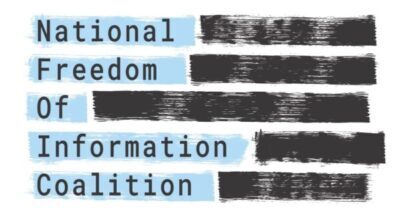Ever since President Obama launched the Open Government Initiative in January 2009, government agencies have been in a mad dash to publish more and more data. The vision is to bring accountability to the government, foster collaboration across agencies, and encourage participation of the public by sharing data openly. In the past six years, we have come a long way. However, we are still far from the goal. Through our work at LiveStories, helping government agencies become more data-driven, we see three major obstacles that prevent our public institutions from being more transparent and efficient:
1 – Available Does Not Equal Accessible
Government agencies are focused on making data available as quickly as possible. The Open Information Directive was ambitious in its deadlines, but speed was prioritized over scope. The directive defined Open Data as being machine readable, platform agnostic and accessible through web search. This has led to data being published in file formats such as CSV, XML, JSON, and RDF, formats that are used by data analysts and developers who are familiar with databases, pivot tables, and programming. Reality is, most people do not possess these skills. So while the data is in fact available, it isn't really accessible to a large majority of the population. This is equivalent to watching a foreign movie without subtitles.
2 – Overpriced and Overly Complex Systems Limit Efficiency
The public sector has been put in an arm lock by legacy vendors and contractors who install and maintain overpriced, archaic, and complex software systems. These systems usually only work in a vacuum, meaning that they don't play along with other systems. So, while the data is being opened up, the tools are stuck in the last century. This brings us to the third obstacle. Continue>>>
======
